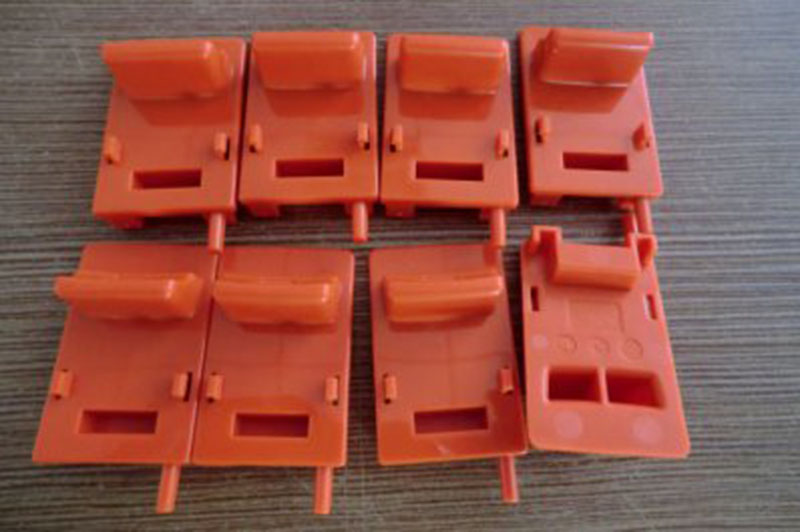Name:
Shanghai rubber like silicone compound mold
Classification:
Silicone compound mold pouring
Brand:
Lingying Model
Hotline:
021-69590699-127
Email:
zhengyong@jswzmx.com
Product Details
The rapid manufacturing technology of silicone rubber mold is indirect mold making even if it belongs to soft mold. The silicone rubber mold manufacturing process is a relatively popular rapid mold manufacturing method. Due to the good flexibility and elasticity of silicone rubber mold, it can produce parts with complex structure, fine patterns, no draft angle or even with reverse draft angle and deep grooves. The production cycle is short and the quality of parts is high, so it has attracted much attention.
(1) Prototype surface processing. The prototype made by RP method generally has step lines or gaps between its laminated faults, and needs polishing, anti-seepage and strengthening treatment to improve the surface smoothness of the prototype and the moisture and heat resistant parts. Only the surface of the prototype is smooth enough can ensure the smooth finish of the silicone mold, so as to ensure that the reproduced product has a high surface quality and is easy to take out from the silicone mold. Process Flow Chart of Single Conversion Casting Film Based on RP Prototype
(2) Make shaped frame and fixed prototype. The shape and size of the casting frame are designed according to the geometric dimensions of the prototype and the requirements of the silicone molding compound, and the size of the frame is small and moderate. Before fixing the prototype, it is very important to determine the location of the parting surface and gate, which directly affects the smooth demoulding of the casting product and the quality of the product pouring. When the runoff surface and gate are selected and processed, the prototype is fixed in the pattern box.
(3) Silicone rubber is metered, mixed and vacuumed. The amount of silicone rubber shall be accurately measured according to the size of the curved cabinet and the specific gravity of silicone rubber. Add the measured silicone rubber with hardener in proper proportion, stir it evenly, and then conduct vacuum deaeration. The deaeration time shall be controlled according to the vacuum degree reached.
(4) Silicone rubber pouring and curing. After vacuum deaeration, the brick rubber mixture is poured into the mold frame of the fixed prototype. In the pouring process, certain skills should be mastered. After the silicone rubber is poured, vacuum deaeration is carried out again to ensure that the cavity is filled well. The purpose of deaeration is to extract the gas mixed with silica gel during pouring and the gas enclosed in the prototype cavity. The deaeration time should be appropriately longer than the deaeration time before pouring. The specific time should be determined according to the operable time of the selected silicone rubber material and the prototype size. After defoaming, the silica gel mold can be hardened by itself or by heating. Heating and hardening can shorten the hardening time. Manufacturing process diagram of silicone rubber rapid tooling
(5) Dismantle the mold frame, cut the mold and take out the prototype. When the silicone rubber mold is hardened, the mold frame can be removed and the runner bar can be removed. Cut the mold according to the marks on the parting surface of the prototype, take out the prototype, and clean the cavity of the silicone rubber mold as necessary. Then the silicone rubber mold can be used to manufacture resin or plastic products under vacuum.

- Previous: Shanghai rubber like silicone compound mold
- Next: Shanghai rubber like silicone compound mold

















